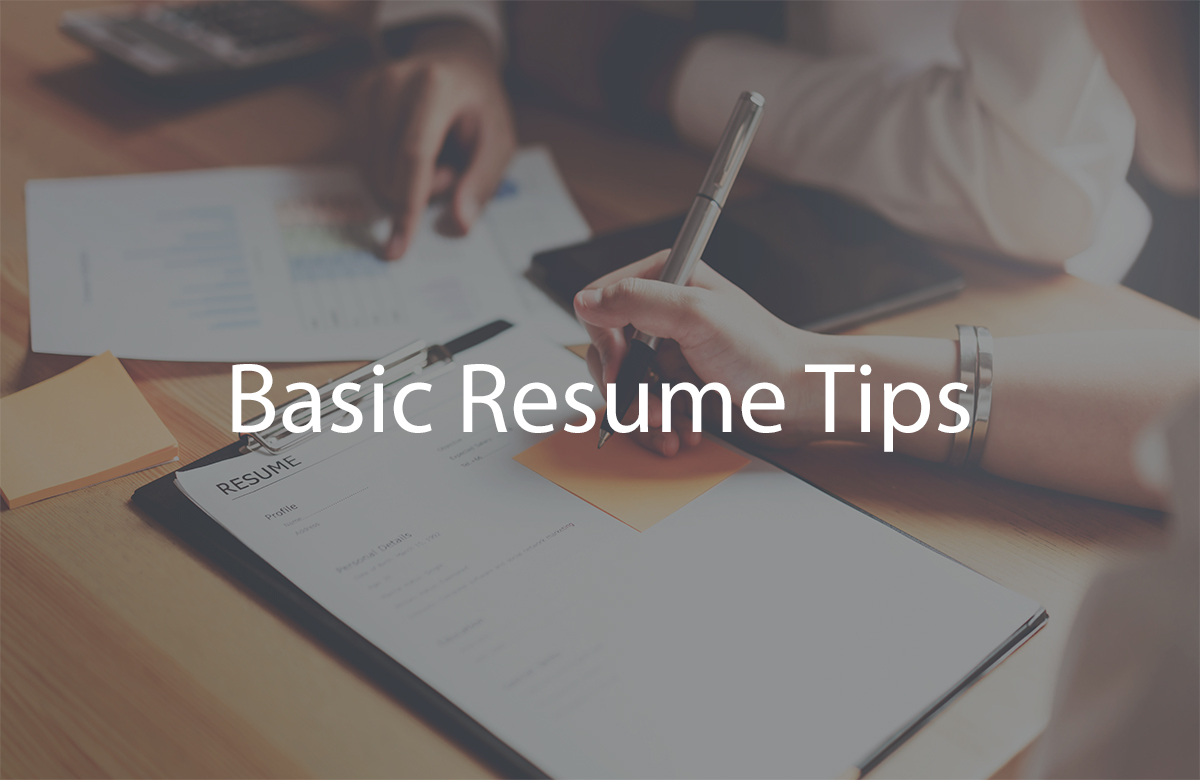
Basic resume tips
Certainly! Here are some basic resume tips to help you create an effective and professional resume:
Choose the Right Format:
Use a clean and professional format. Common formats include chronological (most recent experience first), functional (highlighting skills and qualifications), or a combination of both (hybrid).
Contact Information:
Include your full name, phone number, email address, and LinkedIn profile (if applicable). Ensure that your contact information is current and professional.
Objective or Summary (Optional):
Write a concise objective or summary statement that briefly describes your career goals and the value you can bring to the employer. Make it tailored to the job you’re applying for.
Professional Experience:
List your work experience in reverse chronological order (most recent job first).
Include the company name, job title, dates of employment, and a brief description of your responsibilities and accomplishments.
Use action verbs and quantify your achievements wherever possible (e.g., “increased sales by 20%”).
Education:
Mention your educational background, including the name of the institution, degree earned, major, graduation date, and any honors or relevant coursework.
Skills:
Highlight your key skills, both technical and soft skills, that are relevant to the job you’re applying for. Use bullet points for clarity.
Achievements and Awards:
If you have received any relevant awards, certifications, or honors, include them in a separate section.
Relevance and Tailoring:
Customize your resume for each job application. Emphasize the skills and experiences that align with the specific job requirements.
Quantify Results:
Whenever possible, use quantifiable data to showcase your achievements. Numbers and percentages make your accomplishments more impressive.
Use Keywords:
Incorporate keywords from the job description into your resume. This can improve your chances of passing through applicant tracking systems (ATS).
Be Concise:
Keep your resume concise and focused. Aim for a length of one to two pages, especially if you have less than 10 years of work experience.
Formatting and Design:
Use a clean and consistent font (e.g., Arial, Calibri) and maintain a consistent formatting style throughout the document.
Use bullet points to make information easy to scan.
Avoid excessive use of colors, graphics, or unusual fonts unless it’s relevant to the industry (e.g., graphic design).
Proofread and Edit:
Eliminate typos, grammatical errors, and formatting issues. Ask someone else to review your resume for feedback.
Include References (Optional):
You can include references on your resume or provide them separately when requested by the employer.
Update Regularly:
Keep your resume up-to-date with your most recent experiences and accomplishments.
Online Presence:
Ensure that your LinkedIn profile, if you have one, is consistent with your resume and reflects your professional image.
File Format:
Save your resume as a PDF to ensure compatibility and maintain formatting.
Remember that your resume is a marketing tool to showcase your qualifications and skills. Tailor it for each job application and focus on presenting a clear and compelling case for why you’re the right candidate for the position.
